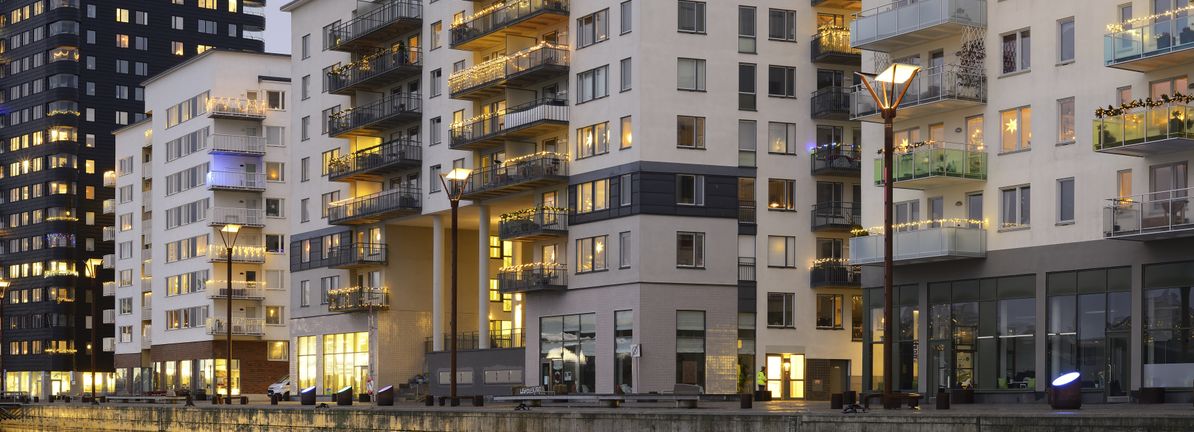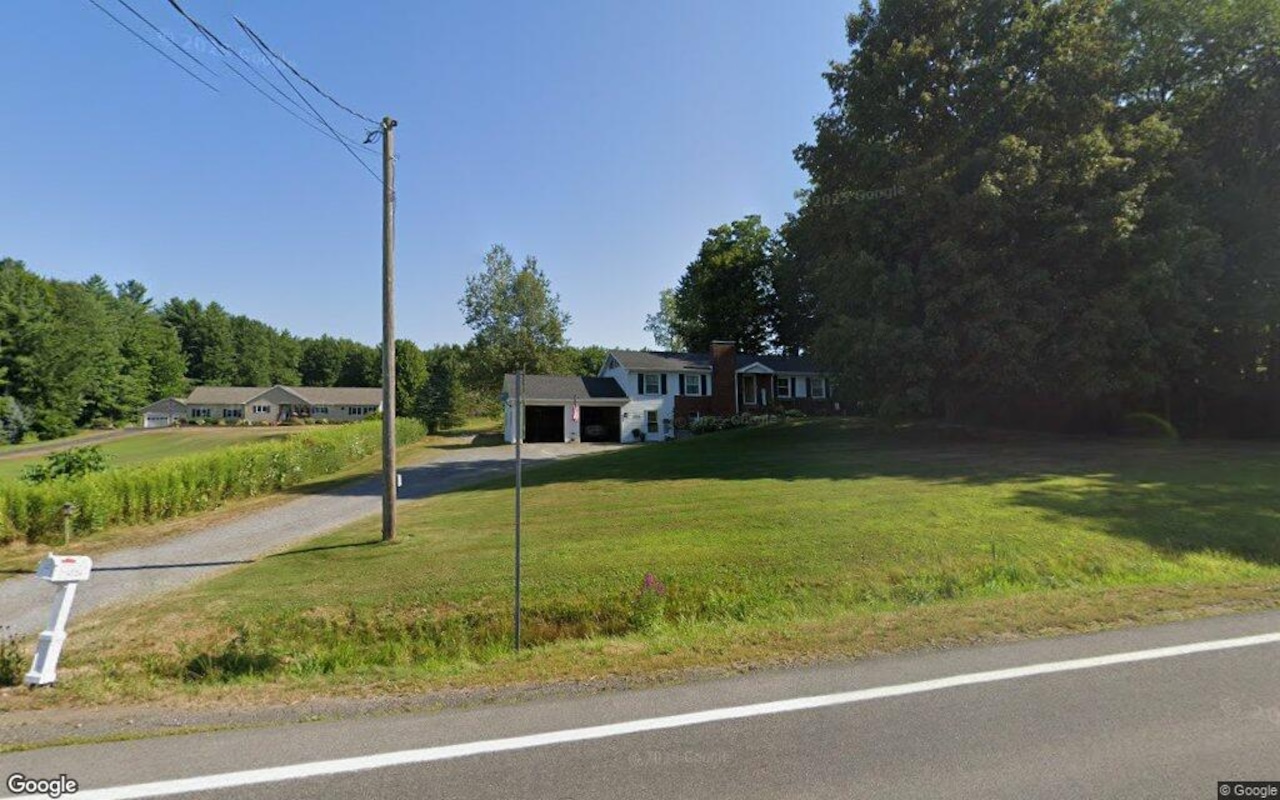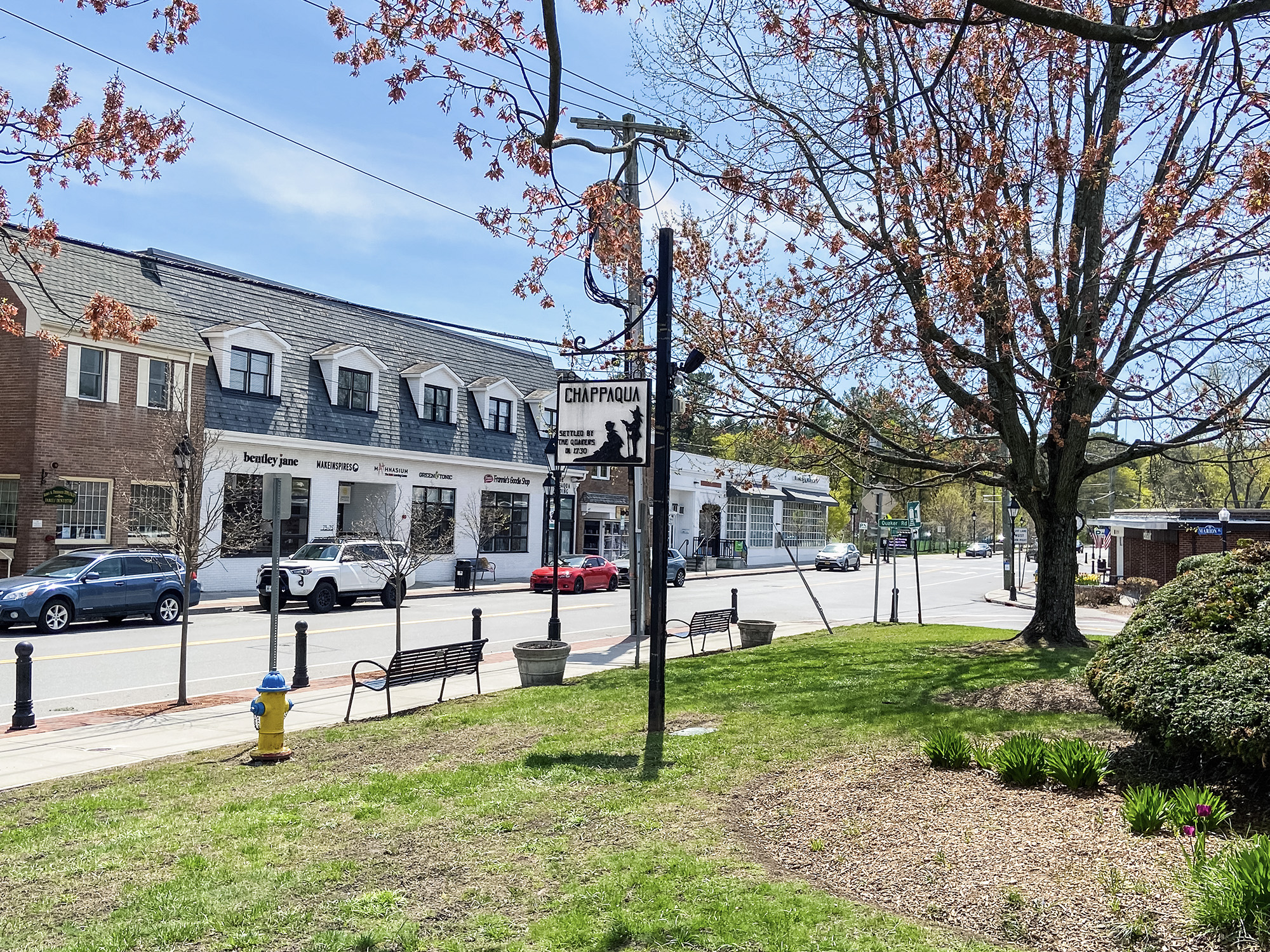A
ugust 4, 2025 | 2.5 min read
The latest construction spending report from the U.S. Census Bureau reveals a continued decline in new development activity, with total spending decreasing by 0.3% in May, marking the ninth consecutive monthly drop since September 2024. On a year-over-year basis, construction put in place is down 4%, indicating a persistent softening of development appetite amidst a more cautious investment environment.
This trend may signal potential weakness in the broader commercial real estate (CRE) market, but it represents a constructive development for investors and current property owners. The slowdown in construction activity helps ease future supply pressures at a critical moment, just as valuations are beginning to stabilize and a new phase of the cycle emerges.
Commercial real estate is finding its footing after a two-year correction driven by capital market dynamics, including high inflation and elevated interest rates. Property values declined by nearly 20%, but underlying operating fundamentals have shown surprising resilience, with occupancy, rental growth, and net operating income (NOI) remaining broadly in line with trend.
The drop in construction spending is a double-edged sword. On one hand, it reflects ongoing challenges for developers facing higher interest rates, increased carry costs, and continued uncertainty around labor and materials availability. Lower property valuations have also depressed replacement costs, putting additional pressure on development pipelines.
On the other hand, a slowdown in new construction supports sector-wide stabilization in property fundamentals, especially as macroeconomic headwinds mount and job growth begins to moderate amid policy uncertainty in Washington and persistent labor shortages.
For the apartment and industrial sectors, which had seen excess development in several major markets, the slowdown has been beneficial. It has allowed the market to absorb surplus space and supported a recovery in occupancy, even in overbuilt submarkets. The amount of new supply under construction has dropped 50-60% across major sectors, with industrial and multifamily now tracking at or near historic lows for the first time in years.
In contrast, office and retail development has remained subdued since the pandemic, trailing well below long-term historical norms. The office sector continues to face structural challenges driven by excess supply, particularly among commodity assets in both urban and suburban markets, and persistently low workplace attendance. Retail presents a more nuanced picture: With limited development since the Global Financial Crisis, many brick-and-mortar retailers are being forced to retrofit outdated space as they search for modern configurations that meet today's operational needs.
The overall decline in construction spending sets the stage for opportunity. For investors, this slowdown represents a reset of the development cycle – one that is likely to be characterized by moderate value appreciation and income-driven growth. More measured supply additions could create upside during the early recovery stages, particularly in sectors where demand fundamentals remain strong.
Although higher interest rates and capital costs remain a constraint, core assets may benefit from reduced competition from new development, offering modest tailwinds for income-oriented investors positioning portfolios for the next phase of the cycle.
Disclosure:
For Financial Professional/Institutional use only in the U.S. May not be used with the Public. For Institutional, Professional, Qualified and/or Wholesale Investor Use only in other permitted jurisdictions as defined by local laws and regulations.
Risk considerations:
Investing involves risk, including possible loss of Principal. Past Performance does not guarantee future return. All financial investments involve an element of risk. Therefore, the value of the investment and the income from it will vary and the initial investment amount cannot be guaranteed. Potential investors should be aware of the risks inherent to owning and investing in real estate, including value fluctuations, capital market pricing volatility, liquidity risks, leverage, credit risk, occupancy risk, and legal risk.
Important information:
This material covers general information only and does not take account of any investor's investment objectives or financial situation and should not be construed as specific investment advice, a recommendation, or be relied on in any way as a guarantee, promise, forecast, or prediction of future events regarding an investment or the markets in general.















